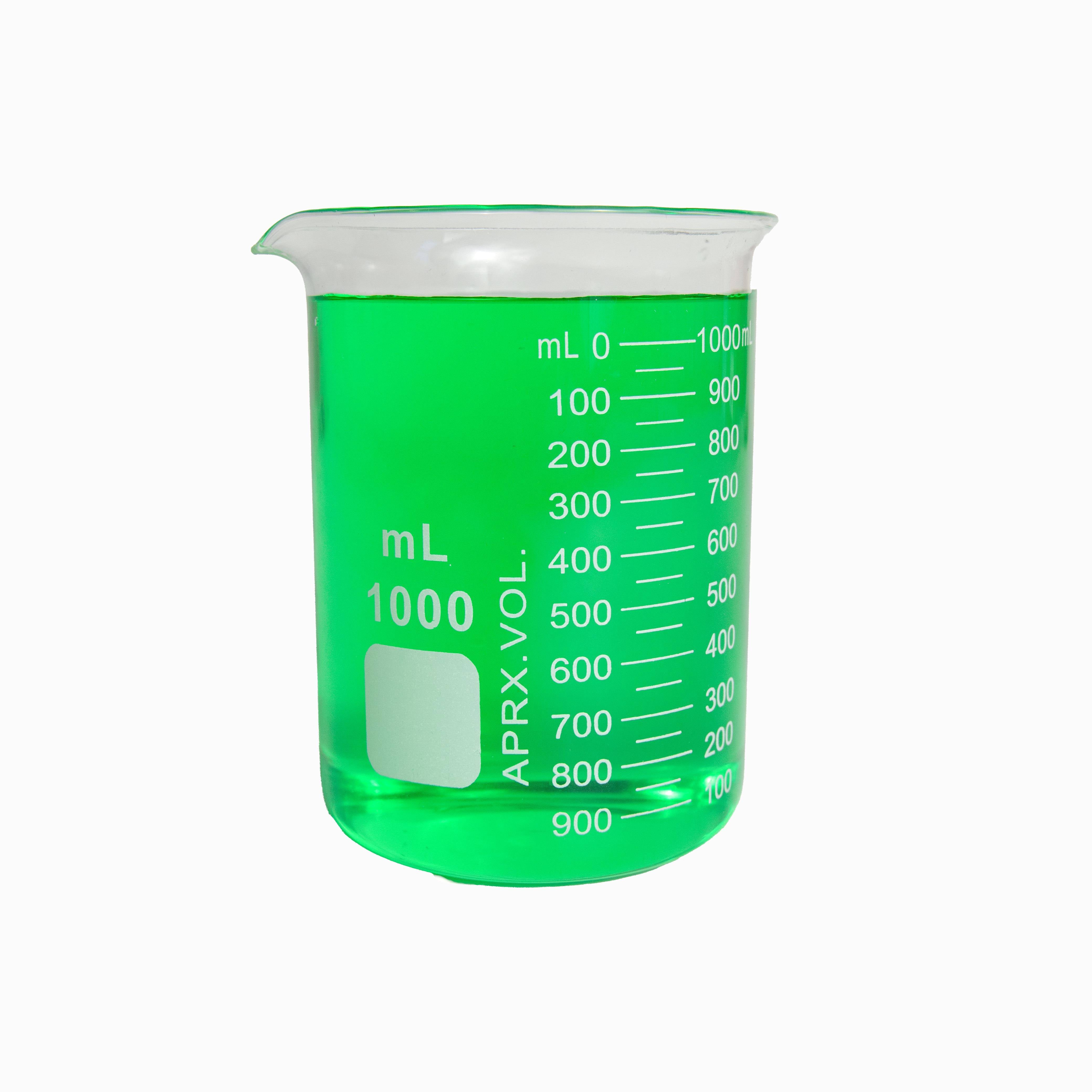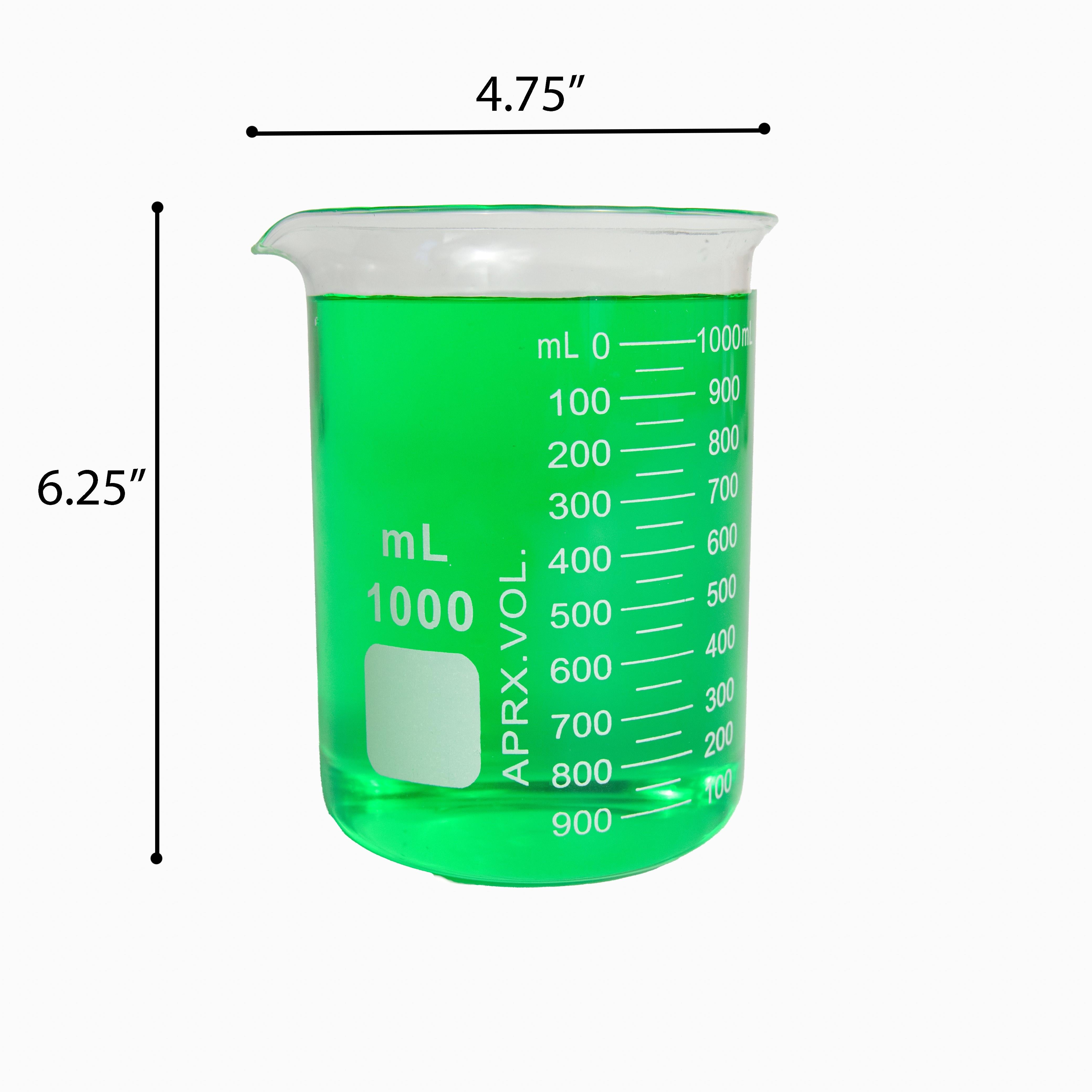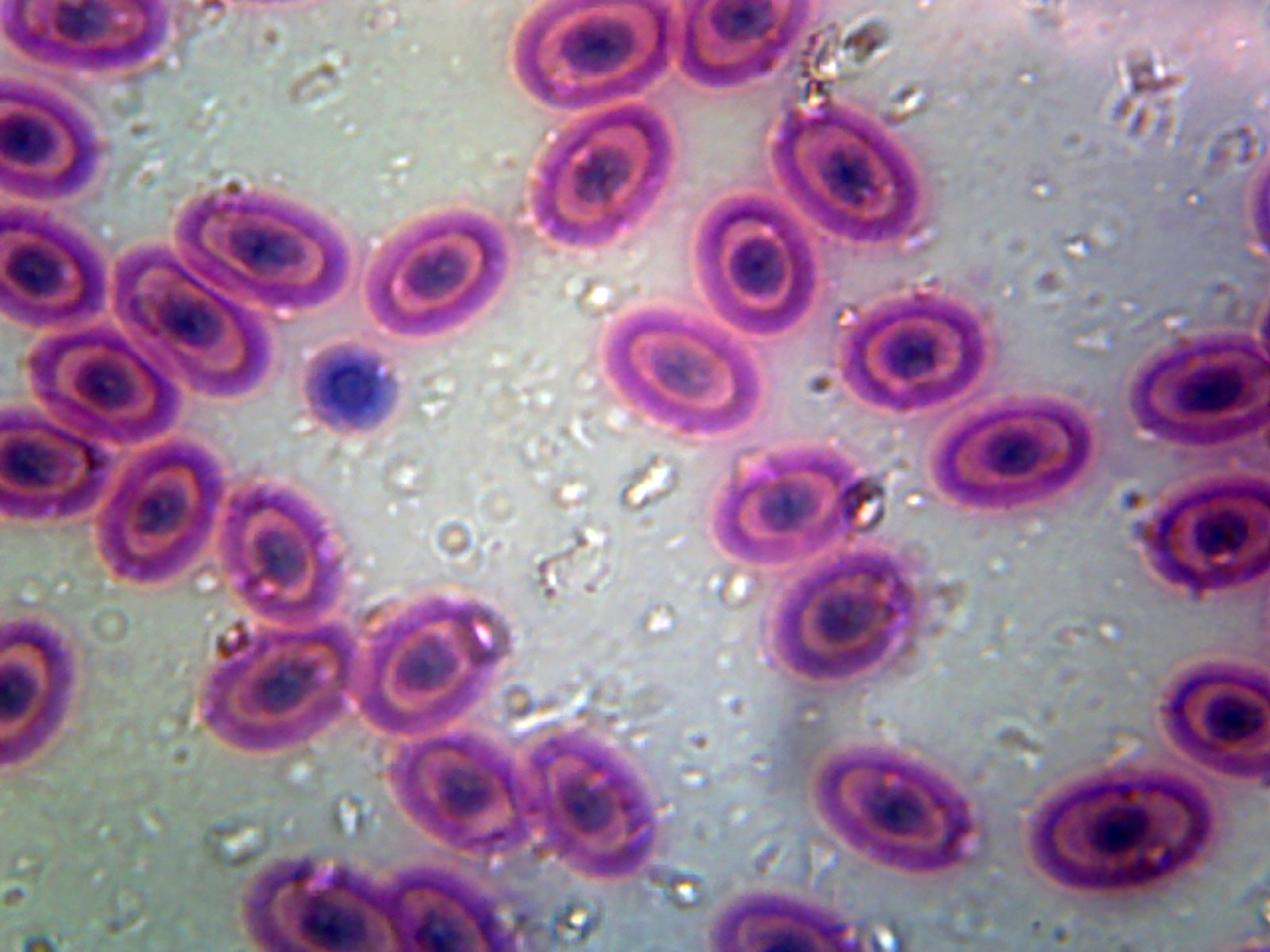With an average distance covering 140 million miles, navigating to this remote planet seems implausible in one lifetime. However, when considering the Hohmann transfer orbit, this gargantuan journey might be the quickest way to travel between the two planets.
This step-by-step guide is a complete breakdown of the Hohmann Transfer Orbit. It covers key aspects like timing, maneuvers, and fuel efficiency, helping you understand how successful missions can be planned.
-
Understanding the Hohmann Transfer Orbit
A Hohmann transfer orbit is an elliptical path between two orbits around a central body, like the Sun. It is the most fuel-efficient way to move between two circular orbits. For a Mars mission, it involves two main maneuvers: the first burn to enter the transfer orbit from Earth's orbit, and the second burn to enter Mars' orbit. Each burn changes the spacecraft's speed and direction to achieve the desired path.
-
Calculating Orbital Parameters
To use a Hohmann transfer orbit to reach Mars, you first need to calculate key orbital parameters. Both Earth and Mars have nearly circular orbits around the Sun. Earth's orbit is about 1 astronomical unit (AU) from the Sun, while Mars' orbit is about 1.52 AU. The transfer orbit between Earth and Mars is elliptical. Its semi-major axis is the average of Earth's and Mars' orbital distances. This axis determines the orbit’s period.
You can calculate the orbital period of the transfer orbit using Kepler’s Third Law, which relates the time it takes for an orbit to complete to the size of the orbit.
-
Timing the Launch Window
Timing is crucial when planning a Hohmann transfer to Mars. You must launch when Earth and Mars are in the correct positions. This ideal alignment, known as a launch window, happens about every 26 months. During this time, Mars is about 44.4 million kilometers (27.6 million miles) from Earth. Launching during this window minimizes the energy needed for the journey. Launching outside this period requires more fuel, making the mission less efficient.
-
First Burn: Leaving Earth’s Orbit
The first key step in a Hohmann transfer is leaving Earth's orbit. The spacecraft's engines fire to increase speed, moving it into the elliptical transfer orbit. This burn happens at a point called perigee in Earth’s orbit. The change in velocity, or delta-v, needed for this burn can be calculated using the vis-viva equation. This equation helps determine the speed change required to place the spacecraft into the transfer orbit.
In this equation, the radius of Earth’s orbit and the radius of Mars’ orbit are key factors. This burn places the spacecraft in an elliptical orbit around the Sun. The perihelion is at Earth’s orbit, and the aphelion is at Mars’ orbit.
-
Coasting Through the Transfer Orbit
After the first burn, the spacecraft coasts along the elliptical transfer orbit. This phase involves no propulsion. The coasting phase lasts about nine months, depending on the positions of Earth and Mars. During this time, mission control monitors the spacecraft's path. Minor trajectory correction maneuvers may be necessary to keep it on the right track.
-
Second Burn: Entering Mars' Orbit
The spacecraft needs a second burn as it nears Mars. This burn slows the spacecraft down, allowing Mars’ gravity to capture it. The burn is performed at the orbit’s apoapsis, the farthest point from Mars. It changes the spacecraft’s speed to match Mars’ orbit. The required delta-v for this maneuver can also be calculated using the vis-viva equation, which factors in the distances of the orbits.
If done correctly, this burn places the spacecraft in a stable orbit around Mars. It is now ready for the next phase, such as landing or deploying scientific instruments.
-
Potential Adjustments and Challenges
The Hohmann transfer is efficient but has some assumptions. It assumes nearly coplanar orbits and no major gravitational forces other than the Sun. Any deviations, like slight orbit inclinations or other gravitational pulls, may require more delta-v for corrections. The spacecraft's systems must handle precise thrust control and navigation. This ensures a successful transfer and mission.
-
Efficient Use of Fuel and Resources
The Hohmann transfer orbit is the best choice for fuel efficiency. It needs less fuel than other methods like continuous thrust or bi-elliptic transfers. This makes it ideal for missions where weight is a concern. Less fuel means more room for scientific instruments or other payloads.
Conclusion
A Hohmann transfer orbit to Mars requires careful planning and precise timing. By calculating the right parameters and launching within the correct window, you can achieve an efficient, successful interplanetary mission.
If you are searching for “where to buy science equipment online” or if you want to shop online science equipment then you may get it all on our online store.











